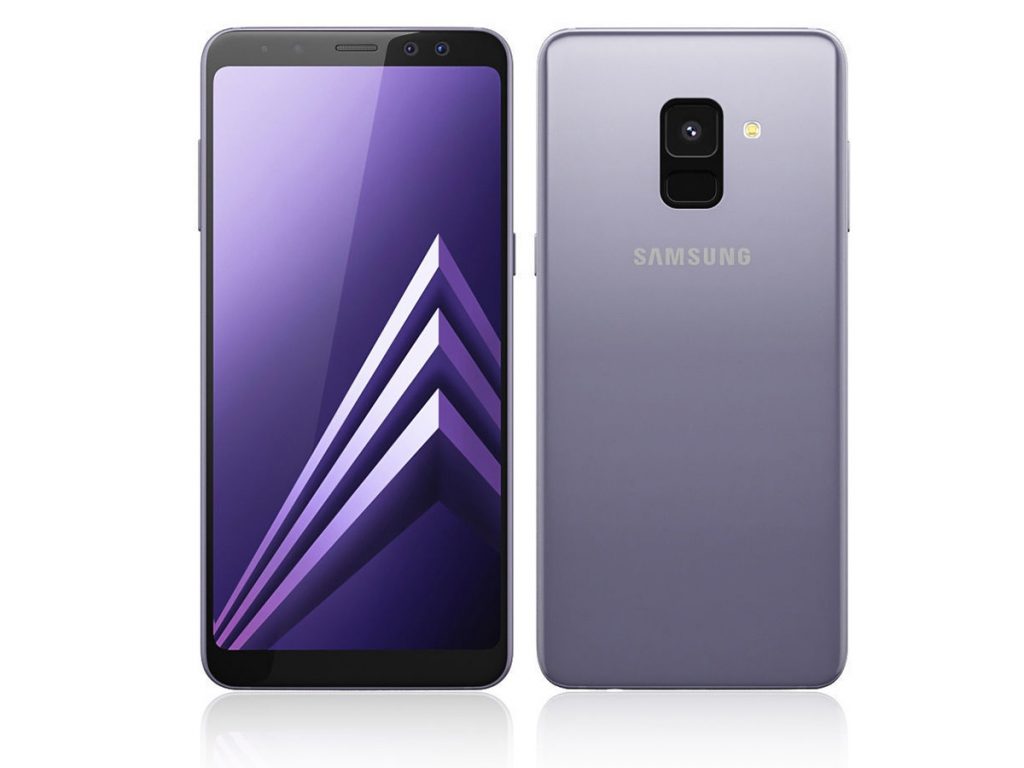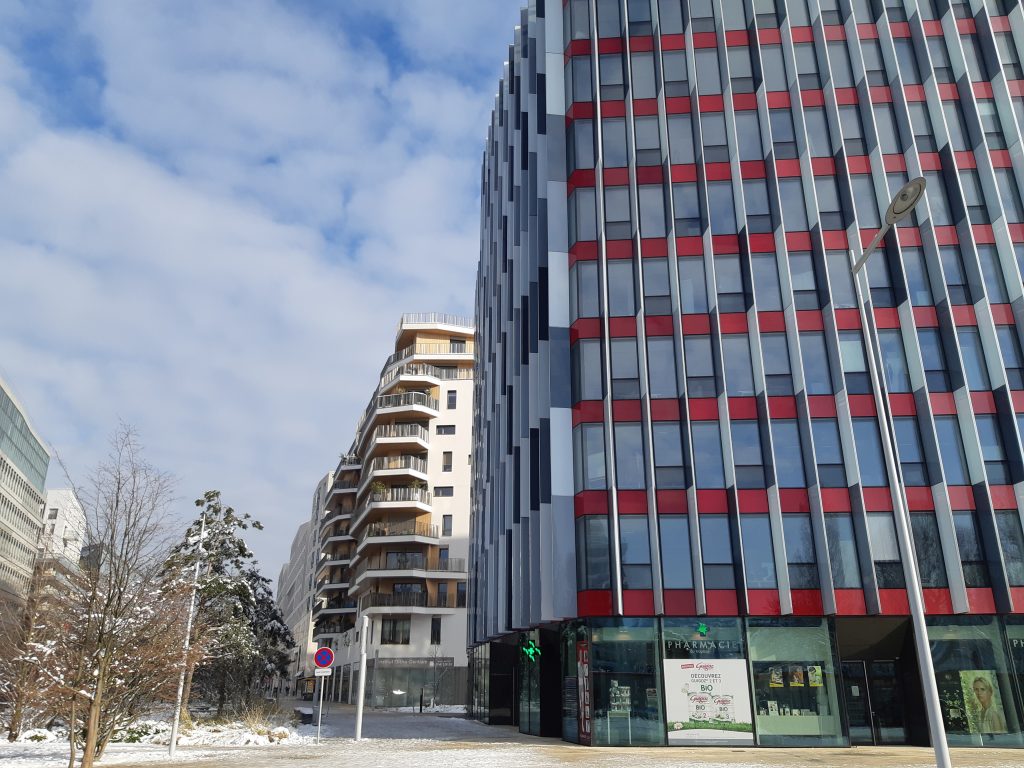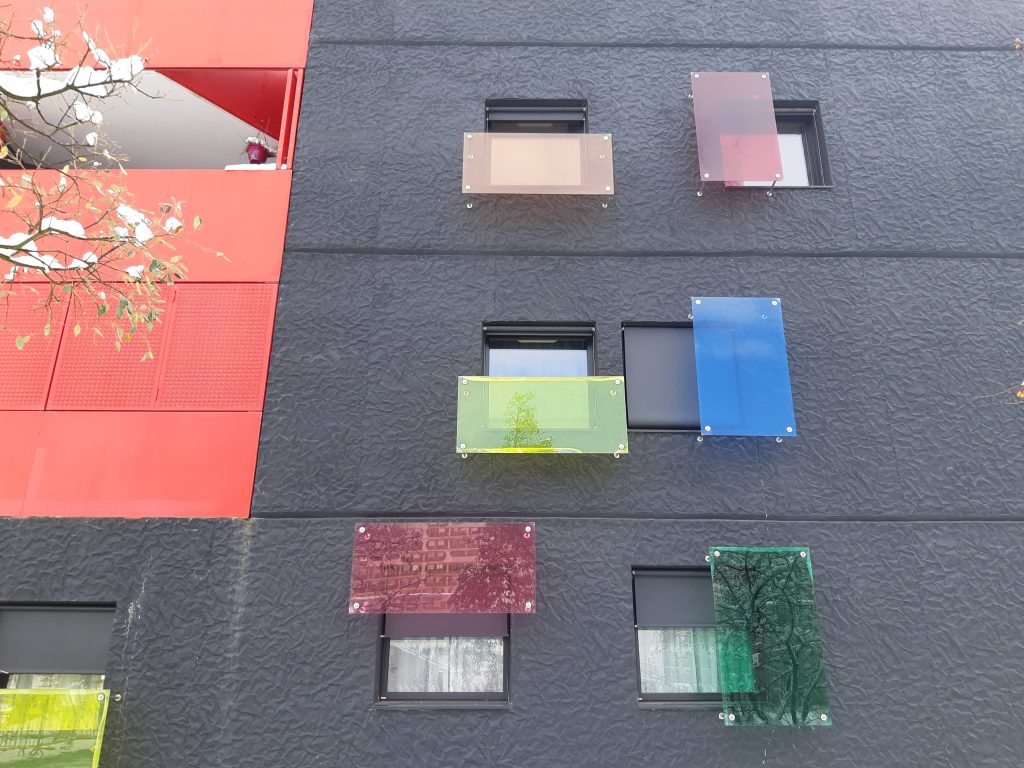In stores from early 2018, the Galaxy A8 (2018) is the latest incarnation of Samsung’s A8 mid-range smartphone, powered by the Exynos 7885 Octa chipset. Offering a single-cam setup, the A8 (2018)’s rear-facing camera features a 16Mp 1/2.8-inch sensor with 1.12µm pixels and an f/1.7-aperture lens. Other features include phase detection autofocus and an LED flash. For smartphone video enthusiasts, the Samsung Galaxy A8 (2018) shoots Full HD 1080p footage at 30fps.
Key camera specifications:
- 16Mp 1/2.8-inch sensor with 1.12µm pixels
- f/1.7 aperture lens
- Phase detection autofocus
- LED flash
- Full HD 1080@30fps video
- Dual 16Mp + 8Mp “selfie” cameras
About DxOMark Mobile tests: For scoring and analysis in our smartphone camera reviews, DxOMark engineers capture and evaluate over 1500 test images and more than 2 hours of video in both controlled lab environments and in natural indoor and outdoor scenes. This article is designed to highlight the most important results of the testing. For more information about the DxOMark Mobile test protocol, click here.
Test summary
The Samsung Galaxy A8 (2018)’s rear-facing camera achieves an overall DxOMark score of 79 points. Performance is slightly better for still photos, where the device achieves a Photo score of 82 points, compared to 74 points for video. The Samsung’s key strengths for stills are accurate exposures in most lighting conditions, good color rendering in bright light, and well-controlled artifacts. Main areas for improvement include autofocus, which can be unstable and inaccurate in low light, as well as detail preservation, which suffers due to the device’s preference towards noise reduction. Equipped with a single lens, the quality of zoom pictures isn’t comparable to the dual-cameras of higher-end devices that are featuring a second tele-lens, and there’s no Bokeh mode to artificially blur the background on portraits.
Accurate test chart exposures in the lab and good results in well-balanced lighting conditions helped the A8 (2018) achieve a good score for exposure. In extreme low light (1 lux), images are underexposed, but images at 5 lux are brighter and more usable. Dynamic range is limited when shooting high-contrast scenes, however, with both overexposed highlights and blocked shadow details in many examples.
Color rendering is pleasant in both indoor and outdoor images, with nice but not overly saturated hues, although a significant drop in saturation is evident in extreme low light. A slight variation in white balance is visible depending on the lighting conditions, with a blue shift often visible when shooting outdoors, and a pink cast in low light, although neither are particularly strong or concerning.
The Samsung Galaxy A8 (2018)’s trade-off between texture and noise veers towards heavier noise reduction. The result is nicely smooth and clean files in low light that compete with those from premium devices such as the Apple iPhone 8, and which are noticeably better than those from mid-range competitors such as the Nokia 8.
The downside to this strategy is a loss of texture and fine detail preservation. In bright light, detail is fairly good (although far from the best we’ve seen), but there’s a significant difference for indoor or low-light images, with often no detail recorded in flat areas, compared to images shot with premium devices.
In bright light conditions, autofocus performance is respectable, delivering consistently sharp images in our benchmark test under 1000 and 300 lux lighting. At 1000 lux, autofocus speed is pretty fast, but it’s slower and inconsistent at 300 lux, and you can’t be sure when the picture will be taken. Performance in low-light conditions (20 lux) is relatively poor, too, with a significant number of images in our benchmark test being out of focus.
The Samsung A8 (2018) controls artifacts extremely well for a mid-range device, and although ringing, flare, cyan shift, and a difference in sharpness between the center and edges of the frame are apparent in some pictures viewed at large scale, they’re of less concern when viewing images on the device’s display. Flash performance is okay, if not amazing, slightly underexposing both flash-only and mixed-flash pictures, with low levels of detail. Some color quantization is visible, too.
The same strengths and weaknesses are present when shooting videos with the Samsung Galaxy A8 (2018). Colors are vibrant in outdoor and indoor conditions, but less saturated in very low light, while noise is low in most conditions. The stabilization system is also fairly effective, and although some judder is visible in movies shot with walking motion, this isn’t uncommon for smartphones, and it’s not a major concern. Autofocus problems persist, however, with frequent out-of-focus frames disrupting the viewing experience. Dynamic range is also limited, so it’s best not to shoot video in challenging lighting conditions on the A8 (2018), including in low-light environments in which movies are often underexposed.
Conclusion
With an overall DxOMark Mobile score of 79 points, the Samsung Galaxy A8 (2018) achieves a mid-range score for a mid-range smartphone. Under the right conditions, good results are possible, with nice exposures and pleasant color, as well as well-controlled artifacts and noise. Dynamic range is limited, however, and when HDR fails to kick in, there’s a significant loss of detail. The main problems occur in low light, however, where autofocus irregularities often result in blurry pictures; and although the strong noise reduction ensures smooth images, there’s a heavy loss of detail. Priced significantly cheaper than premium devices, it’s a respectable performance overall, but with Chinese manufacturers bringing flagship photography features and image quality to their mid-range devices, the Samsung Galaxy A8 (2018) has some stiff competition.


Pros
- Accurate test chart exposures in most conditions
- Low level of noise
- Well-controlled artifacts
- Pleasant color rendering
Pros
- Low level of noise
- Fairly effective stabilization
- Pleasant color rendering
Cons
- Low level of detail
- Slow and occasionally inaccurate autofocus
- Limited dynamic range
Cons
- Underexposure in very low light
- Slow and occasionally inaccurate autofocus
- Limited dynamic range














DXOMARK encourages its readers to share comments on the articles. To read or post comments, Disqus cookies are required. Change your Cookies Preferences and read more about our Comment Policy.